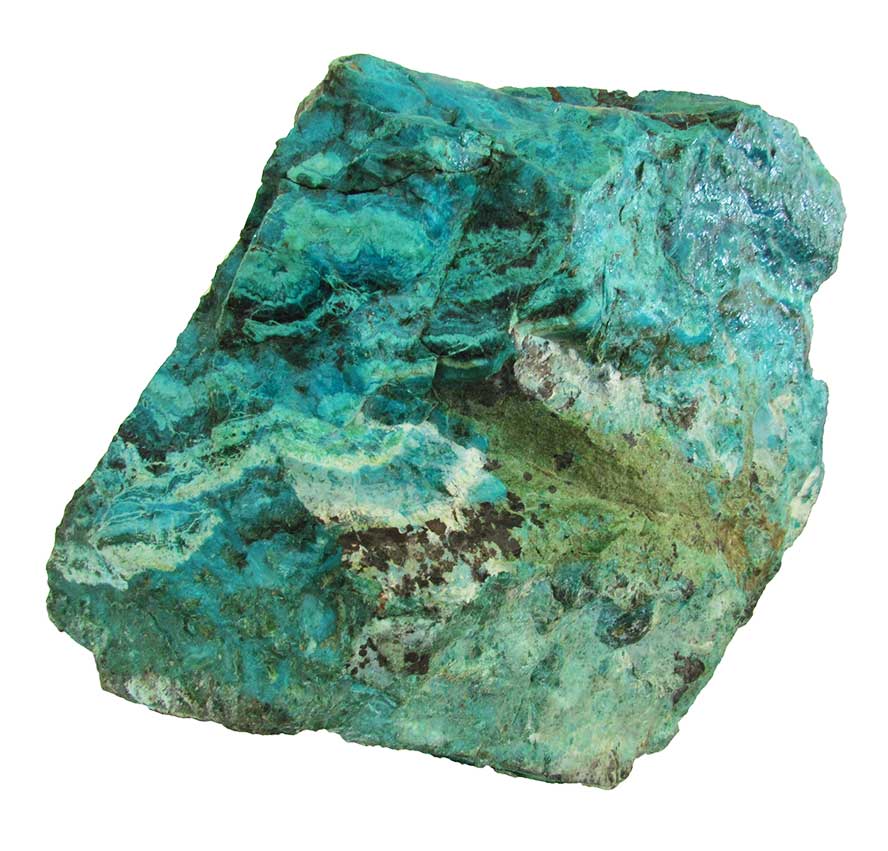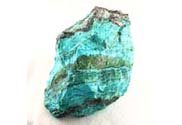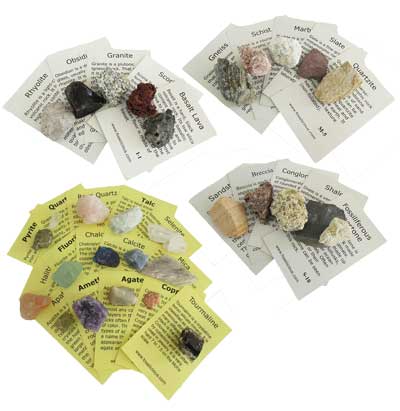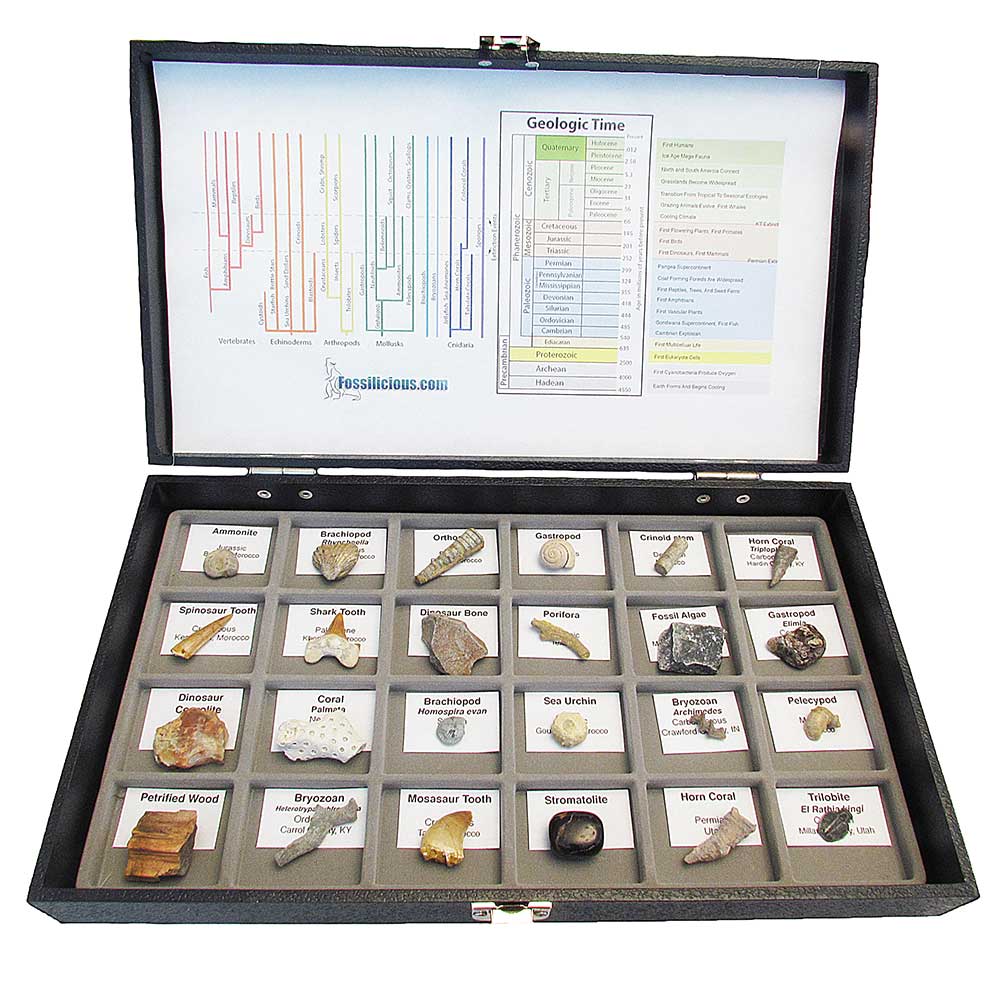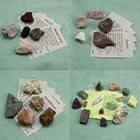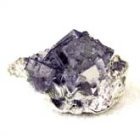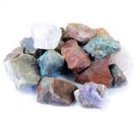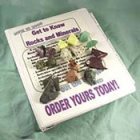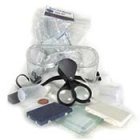Sign up for Lesson Plans, discounts & more!
Chrysocolla
Chrysocolla is a blue green silicate mineral with the chemical structure hydrated copper silicate and formula:
Chrysocolla has a hardness of 2.5 to 7.0 on the mohs scale. It forms in the oxidation zones of copper ore bodies. Associated minerals are quartz, limonite, azurite, malachite, cuprite, and other secondary copper minerals. It is typically found as botryoidal or rounded masses and crusts, or vein fillings. It is sometimes mistaken for turquoise.
Some of the main sources of chrysocolla are found in the Bacan Islands, Indonesia, Israel, Democratic Republic of Congo, Chile, Cornwall in England, and in the United States, Arizona, Utah, Idaho, Colorado, New Mexico, Michigan, and Pennsylvania.
Uses of Chrysocolla
Chrysocolla Is popular for carvings and jewelry. It is often multicolored with vivid hues of blue and green. The harder forms can be cut, shaped, and polished to produce gem quality pieces. It is also popular among mineral collectors.
Mineral Properties of Chrysocolla
Chemical formula: ( Cu,Al) 2 H 2 Si 2 O 5 (OH) 4 . nH 2 O.
Color(s): Many shades of Blue and green
Streak: white
Luster: vitreous
Transparency: translucent to opaque
Crystal system: monoclinic
Specific Gravity: 2.0-2.4
Hardness (Mohs): 2.5-7
Cleavage: none
Fracture: conchoidal to uneven
Uses: jewelry
Location: Bacan Islands, Indonesia, Israel, Democratic Republic of Congo, Chile, Cornwall in England, and in the United States, Arizona, Utah, Idaho, Colorado, New Mexico, Michigan, and Pennsylvania.
Chrysocolla specimens for sale at Fossilicious.com

INTERESTED IN MORE? IF SO, YOU MAY WANT TO CHECK OUT OUR OTHER SITES:
fossilicious.com - Our online fossil and mineral rock shop.
fossils-facts-and-finds.com - An educational site about fossils.
